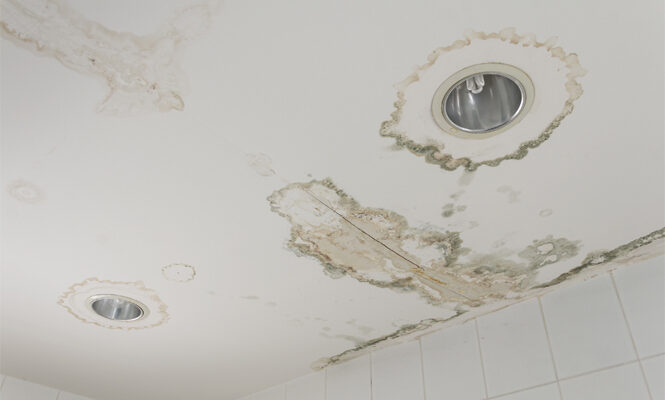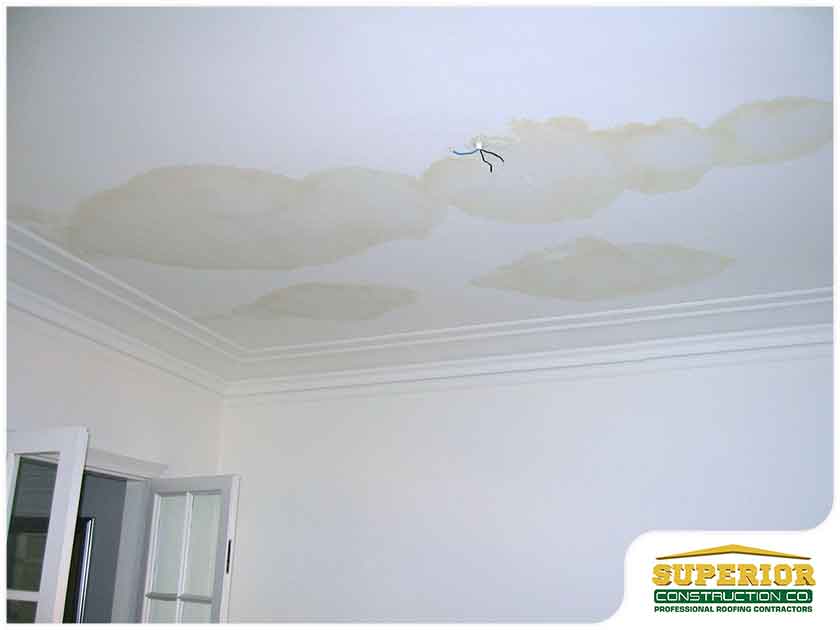Wall Water Stains Uncovered - Your Roadmap To Checks And Repairs
Wall Water Stains Uncovered - Your Roadmap To Checks And Repairs
Blog Article
Just how do you really feel about Water Stains on Walls?

Water stains on wall surfaces are not pleasurable to the eyes. Your house ought to be without discolorations on the wall surfaces, roofing, or floors. That is the ideal state of a residence and its structures. Often it seems almost inevitable to experience water discolorations on walls in homes.
House owners residing in moist regions constantly manage the concern of water stains on wall surfaces. But that does not need to be the case for you. With precise and well-shaped information on the sources of water spots and timely repair processes, you will certainly always be an action ahead of such occurrences. So, this post promises to be a handy guide for you.
3 Typical Sources Of Water Stains on Wall Surfaces
Unlike popular belief, water discolorations on wall surfaces do not always come from poor building products. There are numerous reasons for water spots on wall surfaces. These include:
Poor Drain
When making a structure plan, it is important to make certain adequate drain. This will certainly protect against water from seeping into the walls. Where the drain system is obstructed or missing, underground wetness develops. This web links to too much wetness that you notice on the walls of your structure.
The leading reason of wet walls, in this situation, can be a bad drain system. It can additionally result from inadequate monitoring of sewage pipes that run through the building.
Damp
When hot damp air consults with completely dry chilly air, it triggers water beads to base on the wall surfaces of structures. This takes place in washrooms and kitchens when there is steam from cooking or showers. The water beads can discolor the surrounding walls in these parts of your house as well as spread to other areas.
Moist or condensation affects the roof and walls of structures. When the wall is damp, it creates an ideal atmosphere for the development of microorganisms and also fungi.
Pipe Leaks
A lot of homes have a network of water pipelines within the wall surfaces. It always increases the feasibility of such pipes, as there is little oxygen within the wall surfaces.
Yet, a drawback to this is that water leak impacts the wall surfaces of the building and also causes widespread damages. A telltale sign of defective pipes is the look of a water stain on the wall.
Water Discolorations on Wall Surface: Fixing Tips
When dealing with water stains, homeowners would generally want a fast solution. They would certainly soon understand this is counterproductive as the water discolorations recur. Here are a few valuable suggestions that will certainly assist you in the repair service of water stains on walls:
Pro Idea
A houseplant in your house additionally increases its humidity. So, if your home is currently moist, you might intend to introduce houseplants with minimal transpiration. An example of suitable houseplants is succulents.
Conclusion
Although nobody wishes to have water stains on walls in their home, it can happen to the best of us. This write-up offers you utilize, as you currently recognize just how to manage this problem if it does take place.
It is constantly best to hire professional services to help repair the problems in your home.
Occasionally it appears virtually unpreventable to experience water spots on wall surfaces in houses.
Contrary to popular belief, water discolorations on wall surfaces do not constantly stem from bad building materials. There are several reasons of water discolorations on wall surfaces. The water droplets can tarnish the bordering walls in these parts of your house and spread to various other locations.
Right here are a few helpful pointers that will certainly direct you in the repair of water spots on walls:
CHECKING FOR WATER DAMAGE
Water damage can be costly, and it may begin before you even notice the first signs of trouble. Water damage can cause mold and mildew in your walls and floors, which can create an abundance of health concerns for your family. It can also lead to costly repairs of various appliances and general home fixtures. To avoid the pricey consequences of water damage, here are Warner Service’s top 5 places you should check:
The walls – The easiest place to spot the beginnings of water damage is on the walls and ceilings of your home. If water damage is present, there will most likely be water stains, especially around the windows and doorframes, and/or cracks in the drywall. If a stain looks unusual (discolored to brown, black or gray, raised texture), has a swollen appearance or is soft to the touch, contact a professional immediately. The pipes – To avoid water damage, consistently check the pipes in your kitchen (especially the dishwasher and ice maker), bathrooms, laundry room (specifically washing machines) and basement for corrosion, leaks and water stains. Pay special attention to where the pipes connect in your home and the location of caulking around the bathroom fixtures, including toilets, sinks, showers and tubs. Missing or loose caulking and grout could be signs of leaking water. This seepage can also quickly cause mold and rust, so double check your water heater and tank for wet spots on the floor. The floor – Water damage is very easy to spot on the floor. Look for any warping or buckling of the material, especially in the basement. If your home has wood flooring, look for bright white or dark stains. If your home has carpeting, keep it dry and clean. A damp carpet that smells of mold could cause water damage and health problems. To avoid this, consider installing floor pans under your appliances to help prevent damages from small, slow and undetected leaks. The basement and attic – If your basement or attic smells odd check for mold and mildew around the area, especially the valley where the roof meets. While you are inspecting those areas, check for wall cracks, floor stains, rust and dampness in the insulation. If you live in a colder and/or rainier climate, perform routine checks for water damage from melting snow or ice and rain. The exterior – Check the roof for damaged flashing and missing, cracked or curled shingles. There should also be no standing water anywhere outside your home. This could be caused by puddles, leaky rain gutters or hoses, poor drainage, or short gutter spouts. Invest in a sump pump system or water flow monitoring system, and perform routine maintenance on these outdoor appliances to avoid indoor water damage.

We are very interested by How to Find and Repair Water Leaking in the Wall and I am hoping you appreciated the blog entry. Sharing is nice. You just don't know, you may just be doing someone a favor. Thank you for your time. Visit us again soon.
Services
Report this page